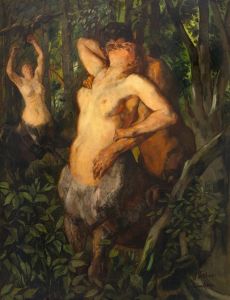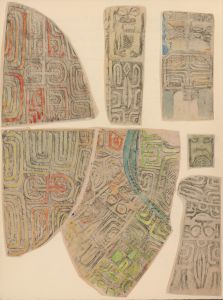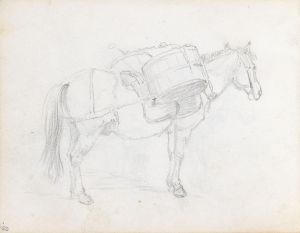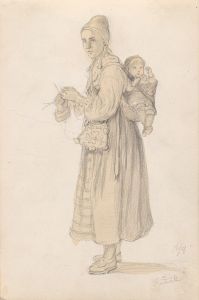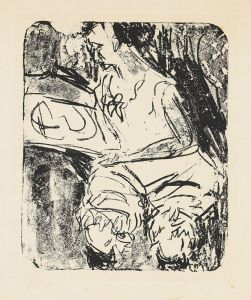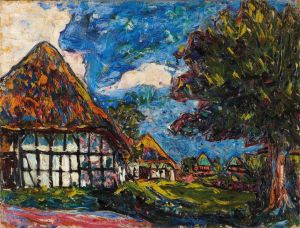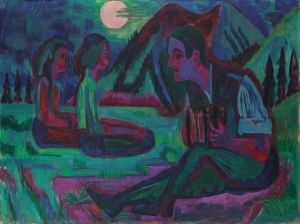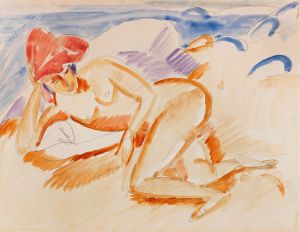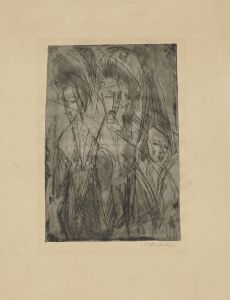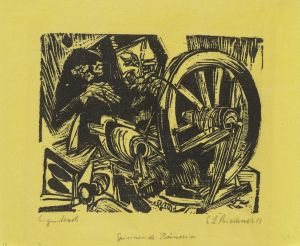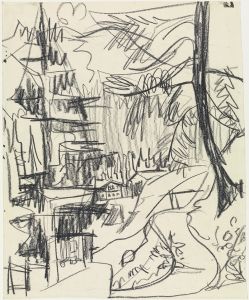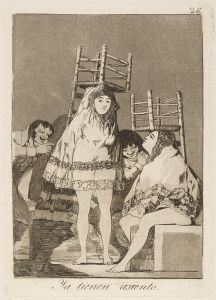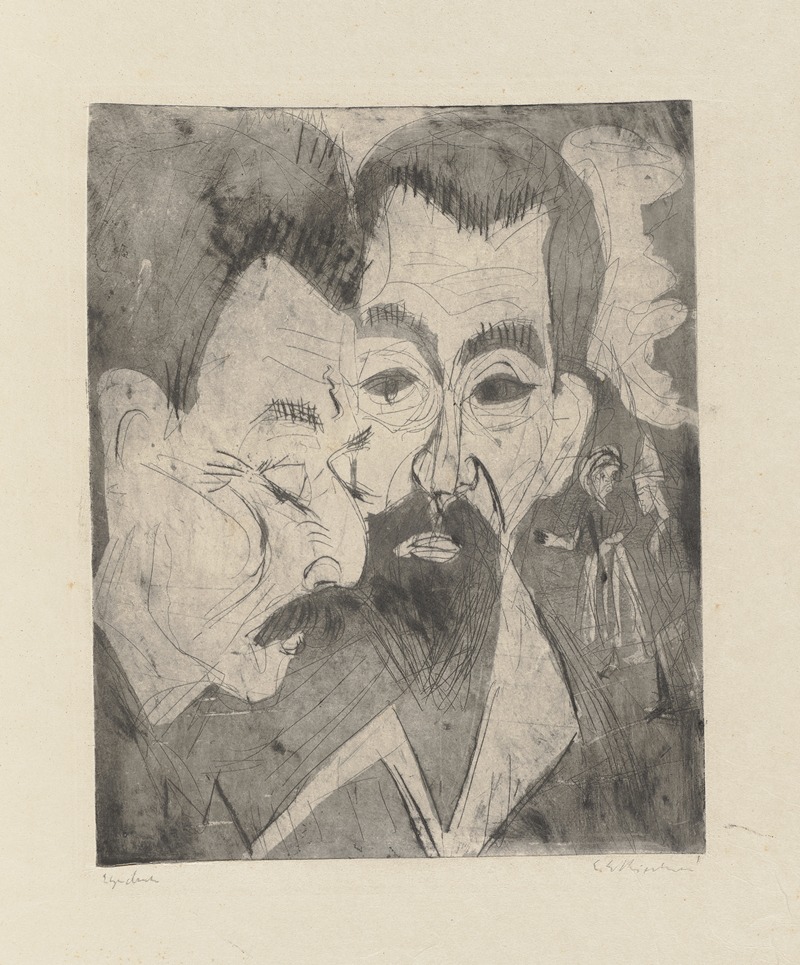
Zwei Bauernköpfe
A hand-painted replica of Ernst Ludwig Kirchner’s masterpiece Zwei Bauernköpfe, meticulously crafted by professional artists to capture the true essence of the original. Each piece is created with museum-quality canvas and rare mineral pigments, carefully painted by experienced artists with delicate brushstrokes and rich, layered colors to perfectly recreate the texture of the original artwork. Unlike machine-printed reproductions, this hand-painted version brings the painting to life, infused with the artist’s emotions and skill in every stroke. Whether for personal collection or home decoration, it instantly elevates the artistic atmosphere of any space.
Ernst Ludwig Kirchner was a prominent German expressionist painter and one of the founding members of the artist group Die Brücke, which played a pivotal role in the development of modern art in the early 20th century. Among his numerous works, "Zwei Bauernköpfe" (translated as "Two Peasants' Heads") is a notable piece that reflects his distinctive style and thematic interests.
"Zwei Bauernköpfe" is characterized by Kirchner's bold use of color and dynamic brushwork, which are hallmarks of the expressionist movement. The painting depicts two peasants, capturing their likenesses with a raw and emotive intensity that seeks to convey more than just their physical appearance. Kirchner's approach often involved distorting forms and using exaggerated colors to evoke emotional responses and to express deeper psychological states.
The work is a testament to Kirchner's interest in portraying the lives and struggles of ordinary people, a theme that recurs throughout his oeuvre. This focus on everyday subjects was part of a broader expressionist aim to break away from traditional academic art and to explore more direct and personal forms of expression. By choosing peasants as his subjects, Kirchner aligns himself with a tradition of artists who sought to highlight the dignity and resilience of the working class.
Kirchner's technique in "Zwei Bauernköpfe" involves a combination of sharp lines and vibrant colors, which together create a sense of movement and vitality. This technique reflects his background in printmaking and his interest in non-Western art forms, such as African and Oceanic art, which influenced his approach to form and composition. The painting's composition, with its close-up focus on the heads of the peasants, draws the viewer's attention to their expressions and the emotional depth conveyed through their features.
The historical context of Kirchner's work is significant. Created during a period of great social and political upheaval in Germany, his art often reflects the tensions and anxieties of the time. The expressionist movement, with which Kirchner is closely associated, emerged as a response to the rapid industrialization and urbanization of society, as well as the disillusionment following World War I. Artists like Kirchner sought to capture the emotional and psychological impact of these changes through their work.
Kirchner's career was marked by both critical acclaim and personal struggles. Despite his success, he faced numerous challenges, including mental health issues and the impact of the Nazi regime, which labeled his work as "degenerate art." Nevertheless, his contributions to modern art have been widely recognized, and his works continue to be celebrated for their innovative approach and emotional depth.
"Zwei Bauernköpfe" remains an important example of Kirchner's artistic vision and his commitment to exploring the human condition through art. It exemplifies the expressionist movement's goals of breaking away from traditional artistic conventions and engaging with the complexities of modern life. Through this painting, Kirchner invites viewers to consider the inner lives of his subjects and to reflect on the broader social and cultural contexts in which they exist.





